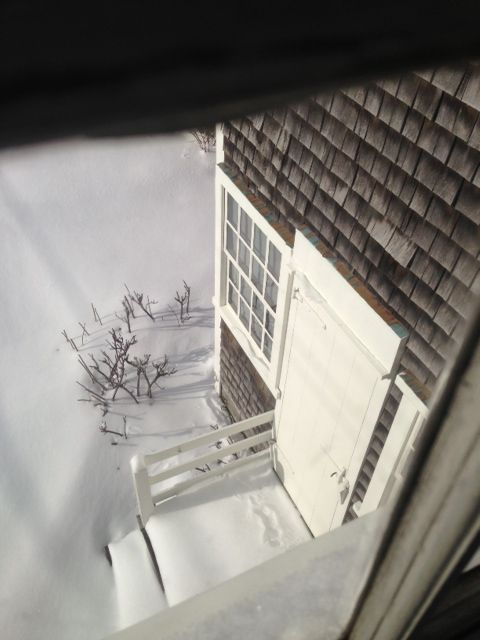Keep Calm and Bird On: March 2021
“If you don’t look, you don’t see. You have to go and look.”
-Edith Andrews
March can be a formidable time to go birding. Warm sunny calm days are few, interspersed with gales of wind, rain, or the occasional surprise blizzard—but it also carries the promise of Spring. March is when we look for the first American Oystercatchers (see below) to return from Cedar Key, other parts of Florida, or even as far south as Honduras. Impervious to the chill, they will be returning home, looking for mates, territory, or just replenishing their reserves from the trip.
It’s also a great time to catch birds before they head north. What’s missing from your list of winter visitors? Long-tailed Ducks need a bit more effort this year, but they can be found in small numbers, cruising past Codfish Park. They are more or less continuously molting, so check out the different plumages as males and females alter their seasonal patterns of black and white. Razorbills also reward a persistent sea-watcher. And it usually takes a telescope, but a few Harlequin Ducks can sometimes be picked out among the Scoters at Quidnet or Hoick’s Hollow.
Pond ducks that might begin to be feeling a bit restless include Canvasbacks, Redheads, Ring-necked Ducks, Greater and Lesser Scaup, and of course our favorite perennial rarity, the Tufted Duck. American Coot are also going to be picking up stakes soon.
Ospreys (see above) will be coming back too, usually around the third week of March. One has consistently reclaimed its nest pole every year on the 24th. These powerful, magnificent birds travel thousands of miles each year. They waste no time when they get back, rebuilding the nest as part of their annual courtship.
So bundle up and remember what the Irish say: there’s no bad weather, just improper dressin’.
Recent Posts






